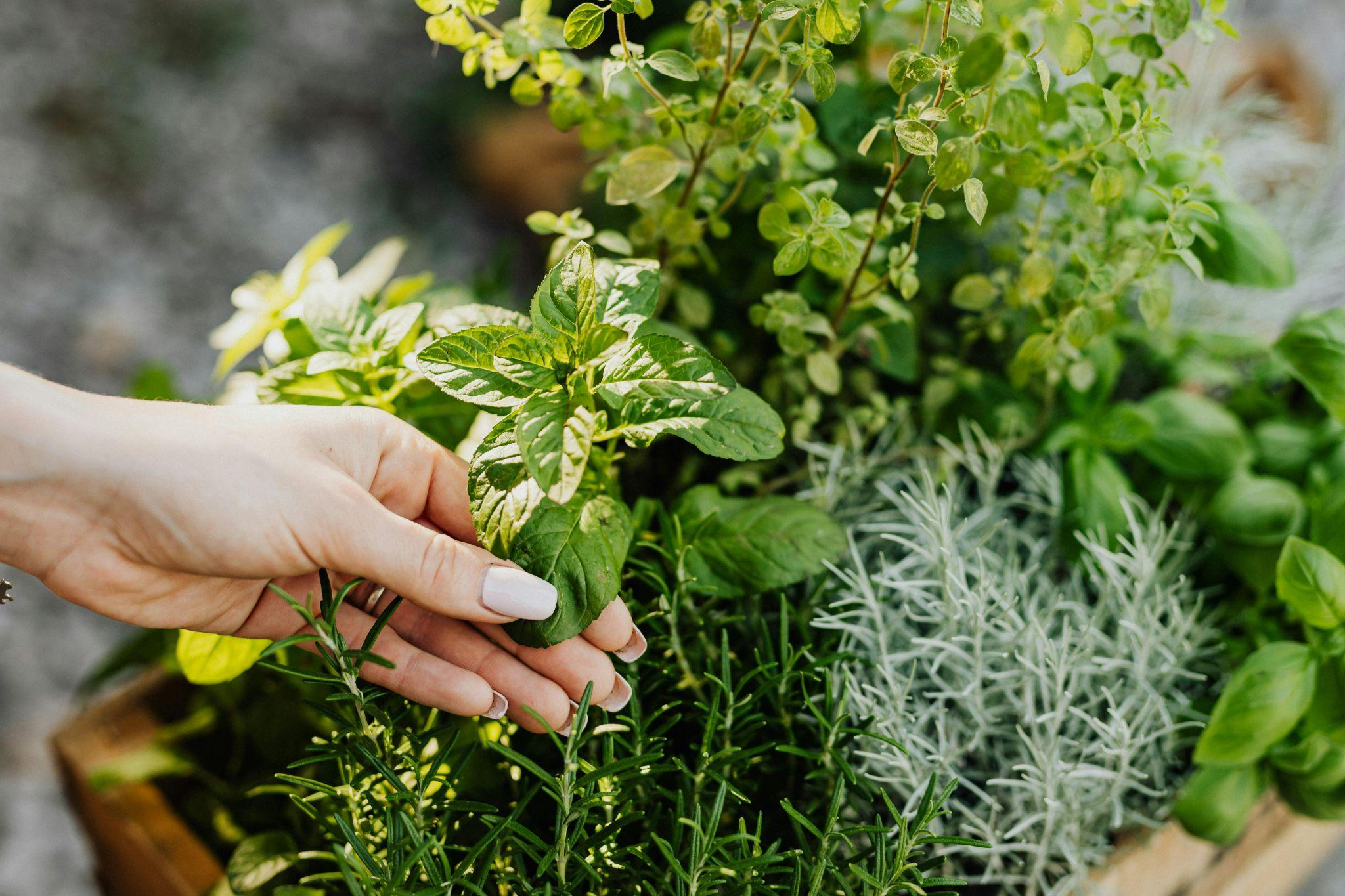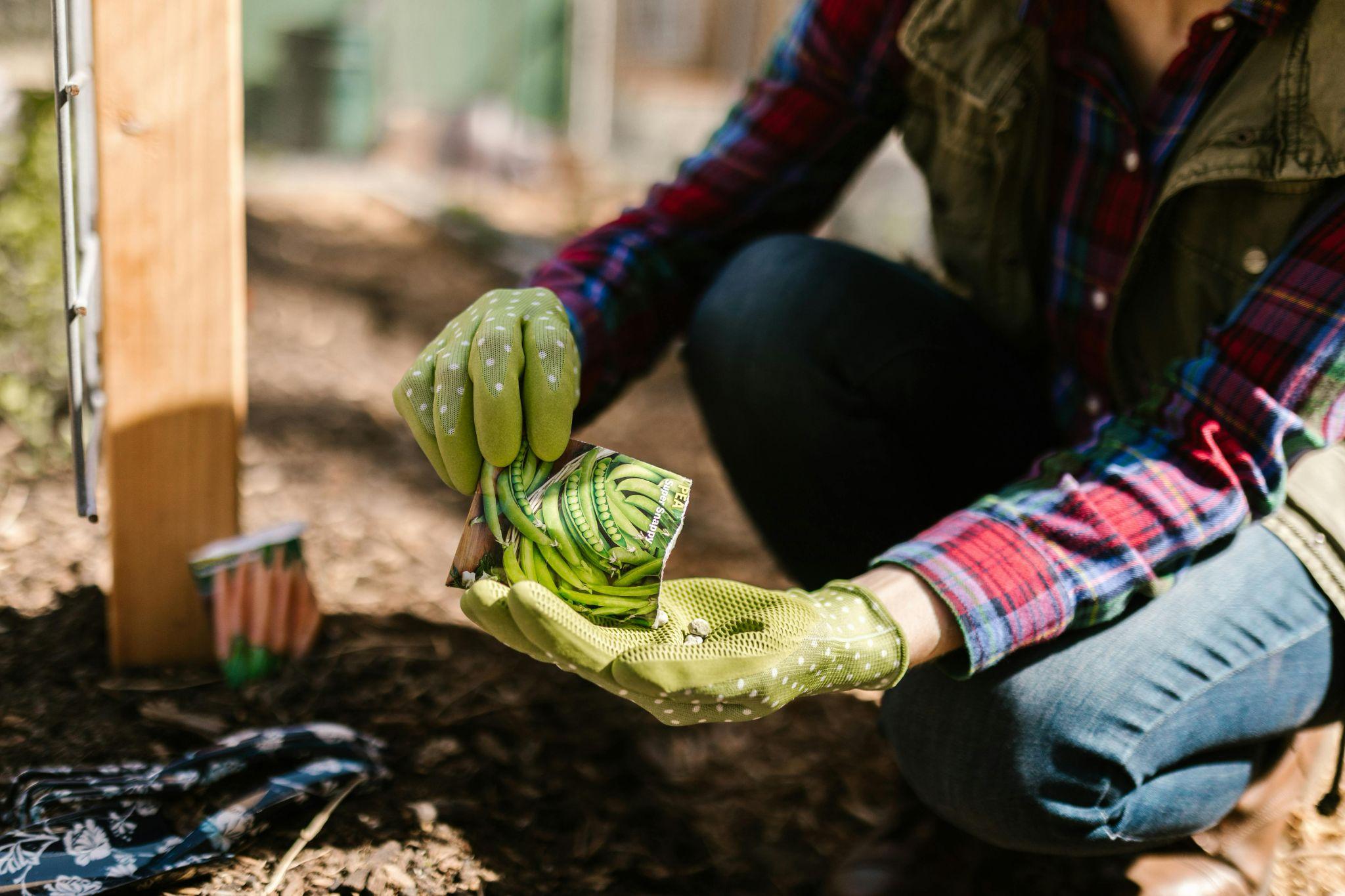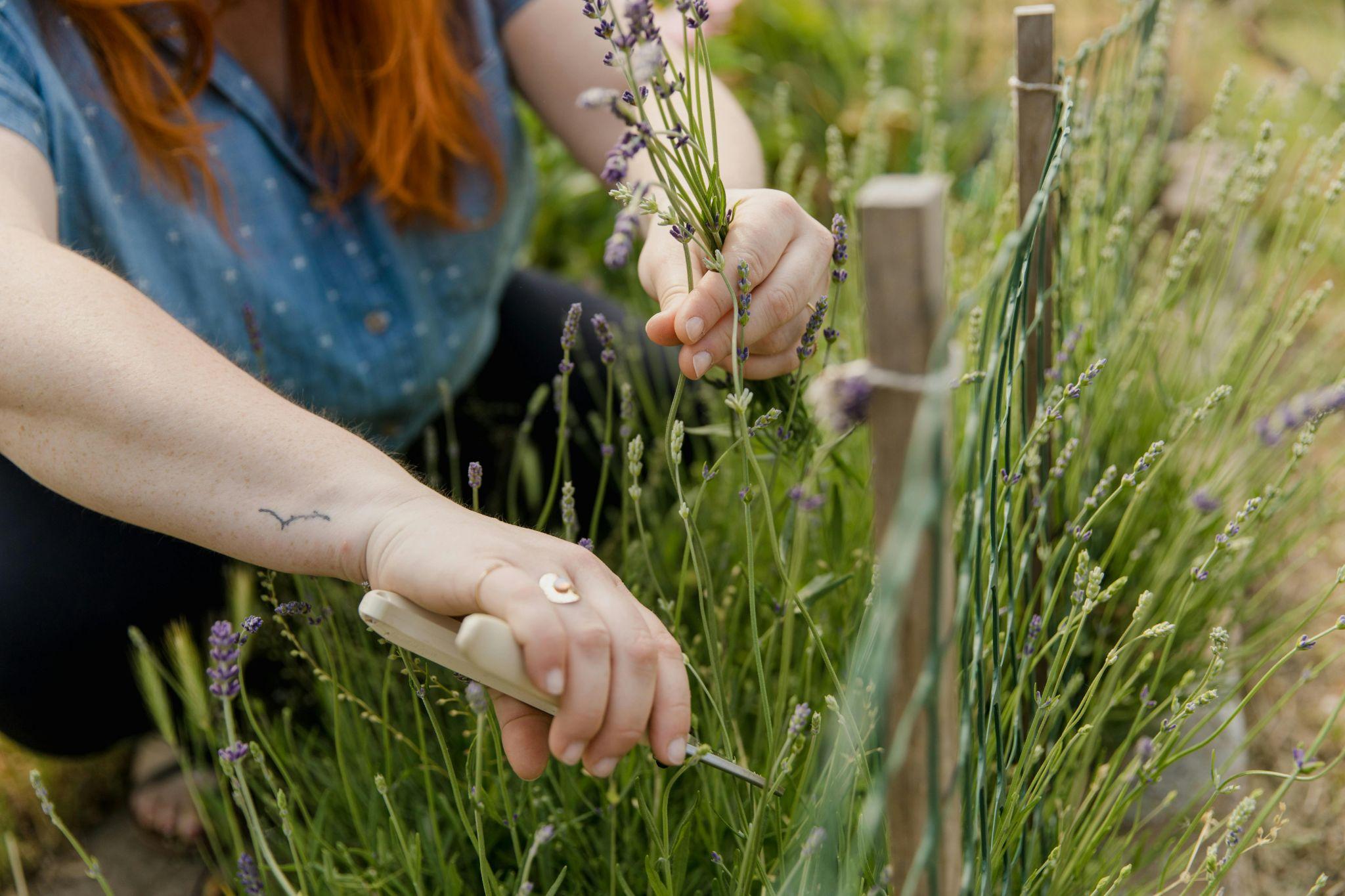Creating a low‑maintenance backyard garden doesn’t mean sacrificing beauty or functionality—it means working smarter, not harder. By choosing the right plants, designing efficient systems, and implementing sustainable practices, you can enjoy a thriving outdoor space that requires minimal time and effort to maintain while providing maximum visual impact and ecological benefits.
Plan Smart: Site Analysis & Sustainable Design Foundations
Successful low-maintenance gardening begins with understanding your unique environment and designing systems that work with nature rather than against it. By thoroughly analyzing your site conditions and incorporating sustainable principles from the start, you’ll create a foundation that supports effortless long-term care.
Analyze Sun, Soil, and Drainage Conditions
Understanding your garden’s microclimate is crucial for selecting appropriate plants and determining optimal layout strategies. Spend time observing how sunlight moves across your space throughout different seasons, test your soil’s pH and composition, and note areas where water tends to pool or drain quickly after rainfall.
| Site Factor | Assessment Method | Impact on Garden Design |
|---|---|---|
| Sun Exposure | Track light patterns for full day | Determines plant placement and species selection |
| Soil Type | Test pH, drainage, organic content | Influences amendment needs and plant compatibility |
| Drainage | Observe water movement after rain | Affects irrigation planning and plant positioning |
| Wind Patterns | Note prevailing directions and intensity | Impacts plant support needs and microclimate creation |
Embrace Sustainable Landscaping Principles
Sustainable design principles naturally reduce maintenance requirements while supporting local ecosystems and conserving resources. These approaches create gardens that become more self-sufficient over time, requiring less intervention as plants establish and natural cycles develop.
Key sustainable strategies include:
- Xeriscaping techniques that minimize water requirements through drought-tolerant plant selection and efficient irrigation
- Native plant integration that supports local wildlife while requiring minimal fertilization and pest control
- Organic mulching systems that suppress weeds, retain moisture, and improve soil structure naturally
- Companion planting strategies that create beneficial plant relationships and reduce pest problems
- Rain water harvesting through collection systems and strategic grading that captures and utilizes natural precipitation
Select Resilient, Low‑Maintenance Plants
Smart plant selection forms the backbone of any successful low-maintenance garden strategy. By choosing species that thrive in your specific conditions with minimal intervention, you’ll dramatically reduce time spent on watering, fertilizing, pruning, and pest management while ensuring consistent seasonal beauty.
Prioritize Native & Drought‑Tolerant Species
Native plants have evolved specifically for your local climate and soil conditions, making them naturally resistant to local pests, diseases, and weather extremes. These resilient species typically require no fertilization once established and can survive on natural rainfall patterns.
Excellent low-maintenance native options include:
- Blackfoot Daisy – Provides continuous white blooms with virtually no care requirements
- Purple Coneflower – Attracts pollinators while self-seeding and tolerating drought conditions
- Stonecrop varieties – Succulent groundcovers that thrive in poor soil with minimal water
- Butterfly Weed – Supports monarch butterflies while requiring no supplemental irrigation
- Native grasses – Provide year-round structure with annual cutting as the only maintenance need
Go for Easy-Care Perennials and Ground Covers
Self-perpetuating perennials and spreading ground covers eliminate the need for annual replanting while naturally filling spaces that might otherwise require weeding. These plants often improve with age, becoming more drought-tolerant and prolific as their root systems establish.
| Plant Type | Water Needs | Maintenance Level | Primary Benefits |
|---|---|---|---|
| Daylilies | Low to moderate | Minimal deadheading | Long bloom period, pest resistance |
| Sedum varieties | Very low | Virtually none | Drought tolerance, pollinator support |
| Creeping Thyme | Low | Annual shearing | Fragrant groundcover, weed suppression |
| Hostas | Moderate | Spring cleanup only | Shade tolerance, architectural foliage |
| Ornamental Grasses | Low | Annual cutting | Four-season interest, wind movement |
Reduce Maintenance Through Design and Materials

Thoughtful design choices and strategic material selection can eliminate hours of weekly maintenance while creating more interesting and functional outdoor spaces. Focus on replacing high-maintenance elements with alternatives that provide equal or greater aesthetic value with dramatically reduced care requirements.
Replace Lawn with Hardscape or Low-Growth Cover
Traditional turf grass demands frequent mowing, watering, fertilizing, and pest control, making it one of the most labor-intensive landscape elements. Alternative ground covers and hardscape materials provide attractive, functional solutions with minimal ongoing care requirements.
Benefits of lawn alternatives include:
- Reduced mowing frequency from weekly to monthly or seasonal schedules
- Enhanced visual texture through varied plant heights, colors, and seasonal changes
- Improved moisture retention in soil through deeper root systems and organic matter
- Lower chemical inputs since native alternatives rarely require fertilizers or pesticides
- Better ecological support for beneficial insects, birds, and soil organisms
Apply Mulch and Sheet Mulching Strategically
Organic mulching serves as one of the most effective maintenance-reduction strategies available to home gardeners. Proper mulch application suppresses weeds, moderates soil temperature, retains moisture, and gradually improves soil structure as it decomposes.
| Mulching Method | Initial Setup | Weed Suppression | Soil Building | Maintenance Frequency |
|---|---|---|---|---|
| Traditional Mulch | Moderate effort | Good (2-3 inches) | Gradual improvement | Annual refresh needed |
| Sheet Mulching | Higher initial work | Excellent (cardboard barrier) | Rapid improvement | Minimal for 2-3 years |
| Living Mulch | Plant establishment | Variable | Continuous | Self-maintaining |
Install Efficient Irrigation and Water Strategies
Water-efficient irrigation systems eliminate the guesswork and daily commitment of hand watering while ensuring plants receive consistent moisture levels. These automated systems can reduce water usage by 30-50% compared to traditional sprinkler methods while improving plant health through targeted delivery. According to the U.S. Environmental Protection Agency (EPA), efficient irrigation practices such as drip systems and smart controllers can drastically reduce water waste in home landscapes.
Opt for Drip Irrigation and Rain Harvesting
Drip irrigation delivers water directly to plant root zones, minimizing evaporation and reducing weed growth in pathways and empty spaces. Combined with rain harvesting systems, these approaches can significantly reduce dependence on municipal water supplies.
Essential setup and maintenance steps:
- Map your garden zones by grouping plants with similar water requirements
- Install main water lines along primary pathways using buried or surface tubing
- Add individual emitters near each plant’s root zone based on species requirements
- Connect timer systems for automatic scheduling based on seasonal needs
- Perform quarterly maintenance including emitter cleaning and line inspection
- Integrate rain barrels positioned to capture roof runoff for supplemental irrigation
Design with Water Zones (Xeriscaping Principles)
Xeriscaping design organizes plants into distinct water zones, allowing you to provide appropriate irrigation levels without overwatering drought-tolerant species or underwatering moisture-loving plants. This systematic approach maximizes water efficiency while supporting diverse plant communities.
Effective water zone strategies include:
- High-water zones near patios and entrances where lush plantings create immediate impact
- Moderate-water buffer areas that transition between high and low-water zones using adaptable species
- Drought-tolerant perimeter plantings that require no supplemental irrigation once established
- Mulched pathways and borders that separate zones while conserving soil moisture
Simplify Upkeep with Smart Layouts and Tools

Intelligent garden layout and modern tools can transform routine maintenance from a time-consuming chore into quick, manageable tasks. Focus on creating accessible design elements and investing in efficient equipment that makes essential garden care faster and more enjoyable.
Use Raised Beds, Easy-Access Paths, and Mulched Zones
Functional garden design minimizes physical strain while maximizing productivity and visual appeal. Well-planned layouts reduce time spent moving between areas, decrease weed pressure, and create defined spaces that are easier to maintain systematically.
| Design Element | Accessibility Benefit | Aesthetic Value | Maintenance Reduction |
|---|---|---|---|
| Raised Beds | Reduces bending, improves drainage | Clean geometric lines | Better soil control, easier weeding |
| Wide Pathways | Comfortable navigation with tools | Professional appearance | Prevents soil compaction |
| Defined Borders | Clear maintenance boundaries | Structured garden rooms | Focused care areas |
| Mulched Zones | Easy walking surfaces | Cohesive color palette | Weed suppression |
Incorporate Automation & Upgrade Tools
Modern garden automation and ergonomic tools can dramatically reduce the time and physical effort required for routine maintenance tasks. Strategic investments in quality equipment often pay for themselves within a single growing season through time savings and improved results.
Time-saving tools and automation include:
- Programmable irrigation timers that adjust watering schedules automatically based on weather conditions
- Smart soil moisture sensors that prevent overwatering and alert you to plant stress
- Lightweight ergonomic tools with extended handles that reduce bending and strain
- Battery-powered equipment for quick cleanup and pruning tasks without cord management
- Automated fertilizer injectors that deliver nutrients through irrigation systems
Maintain Wisely: Smart Tweaks for Ongoing Simplicity
Effective maintenance focuses on preventive care and seasonal adjustments rather than reactive problem-solving. By establishing simple routines and working with natural cycles, you can keep your garden healthy and beautiful with minimal time investment throughout the year.
Seasonal Walkthroughs and Smart Mulch Refresh
Regular but brief garden assessments help you catch small issues before they become major problems while maintaining the overall health and appearance of your low-maintenance landscape. Focus on strategic interventions that provide maximum benefit for minimal effort.
Seasonal maintenance checklist:
- Spring assessment – Check irrigation lines, refresh mulch, remove winter debris
- Early summer monitoring – Adjust watering schedules, deadhead spent blooms, spot-treat weeds
- Mid-summer efficiency check – Evaluate plant performance, add supplemental mulch if needed
- Fall preparation – Collect seeds, cut back spent perennials, prepare beds for winter
- Winter planning – Order plants for spring, research new low-maintenance varieties
Encourage Natural Ecology and Pollinators
Supporting beneficial ecosystems within your garden creates natural pest control, improves soil health, and reduces the need for chemical interventions. These ecological approaches enhance garden sustainability while providing habitat for birds, butterflies, and other wildlife.
Natural ecosystem features include:
- Pollinator-friendly plants that attract beneficial insects for natural pest management
- Bird feeding stations and native berry plants that encourage pest-eating bird populations
- Shallow water features like birdbaths that support beneficial insects and amphibians
- Undisturbed leaf litter areas that provide overwintering habitat for beneficial insects
- Diverse plant heights and structures that create microhabitats supporting garden ecology
Conclusion
Creating a low‑maintenance backyard garden successfully combines thoughtful planning, resilient plant selection, efficient infrastructure, and strategic minimal upkeep practices. By focusing on sustainable design principles, water-efficient systems, and plants adapted to your local conditions, you can develop an outdoor space that provides year-round beauty with dramatically reduced time and effort requirements.
The key to long-term success lies in viewing your garden as an evolving ecosystem rather than a static display, allowing natural processes to work in your favor while making targeted improvements that enhance both function and beauty. Start with one strategic improvement—whether that’s installing drip irrigation, replacing a high-maintenance lawn area, or establishing a bed of native perennials—and gradually build toward a landscape that offers effortless enjoyment and lasting satisfaction.

